It’s National Pollinator week. I have been saving pictures of bees for a while now to do a big post about bees. So when I went for a hike this evening after work, my goal was to get just a few more bee photos.
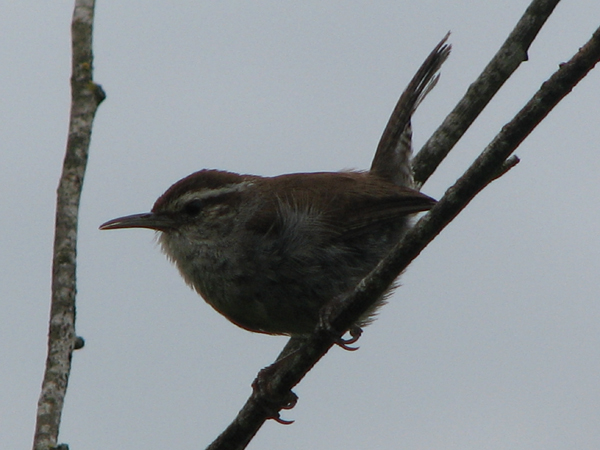 And the first thing I saw was this gorgeous Beswick’s Wren.
And the first thing I saw was this gorgeous Beswick’s Wren.
It was a good birding day in general at Canemah. I also saw a Bald Eagle, hummingbirds, song sparrows, blue jays, robins, flickers, and Cedar Waxwings.
I also saw a lovely Downy woodpecker (one of my (many) favorites). I didn’t see my Great Horned owl again, though.
I’m glad I’m blogging this, because next year around this time on a similar kind of overcast day, I’d really like to take my chair down and just watch for a while. It was really a good day because all the birds were really chattering and singing away.
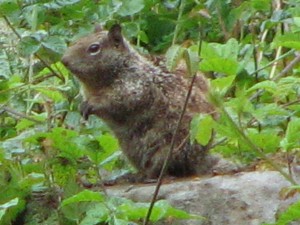 I also saw my nemesis for identification. I’ve asked everyone what this creature is, but no one is sure. I think California ground squirrel. A mountain beaver has been suggested and sighted in Canemah (not by me), but I don’t think so.
I also saw my nemesis for identification. I’ve asked everyone what this creature is, but no one is sure. I think California ground squirrel. A mountain beaver has been suggested and sighted in Canemah (not by me), but I don’t think so.
Okay. Onto my original topic… pollinators (specifically bees).
Bees
There is a page that I love called Bees of Oregon. I love it because I can’t identify anything and I’m amazed the author can! It’s truly amazing.
As I’m sure everyone has heard, pollinators like bees are under threat. They are too amazing and vital to lose! Don’t use pesticides!

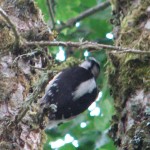
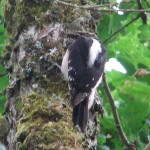
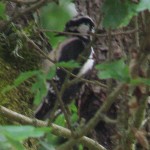
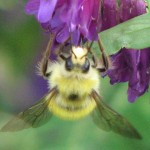
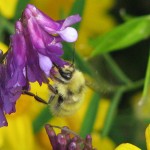
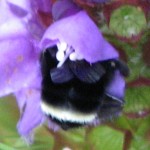
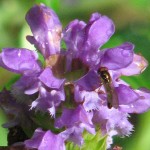
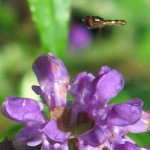
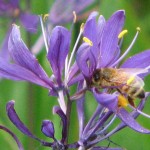
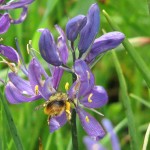
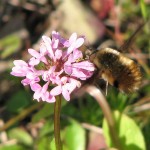
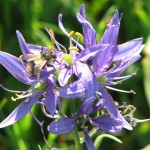
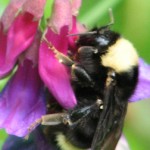

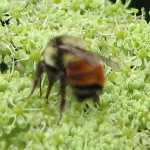
Hi! I love your blog! You have so many interesting subjects with beautiful photo shots.
I think that I agree with you that your little animal must be a California Ground Squirrel (which has continued to spread northward and already is in southern Washington). The field marks are: “Grizzled fur with light patch on shoulders.” The other possibilities for other kinds of ground squirrels (Washington Ground Squirrel and Columbian Ground Squirrel) do not live in or near the Portland area. East of the Cascades, the Belding’s Ground Squirrel lives most everywhere; and the field marks are described as: “Top of back reddish-brown, sides gray. Tail with a dark tip.” When Jessica lived in Central Oregon, Johnny and I spent a lot of time waiting for the Belding’s to pop up out of their entrances from their extensive tunnels. They love golf courses and grassland areas and appear to multiply quickly.